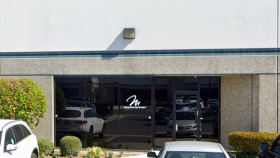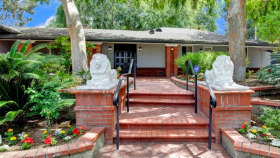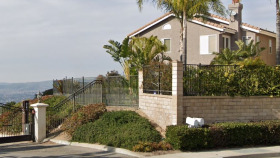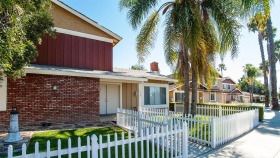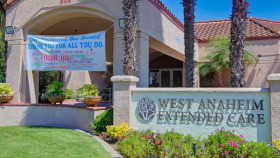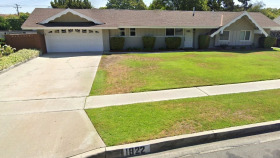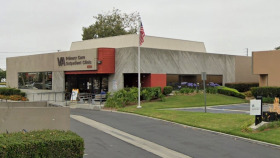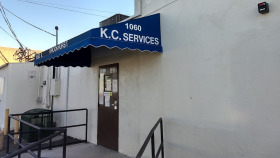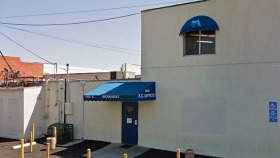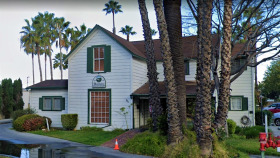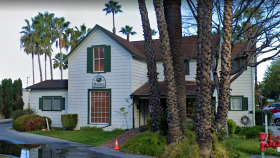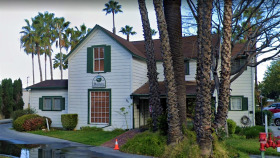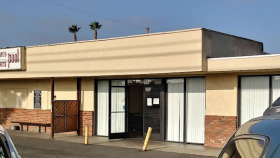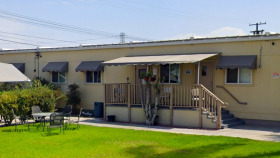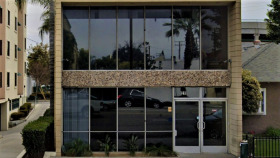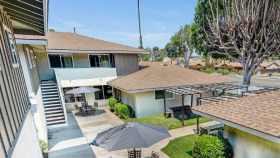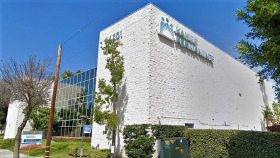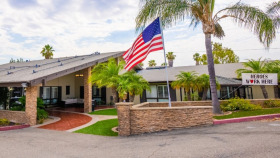Expert Insights
Last year, Anaheim held its first annual career fair designed to help recovering addicts and former inmates find a steady job. Aptly called the Reentry Resource Fair, the event connects job seekers who have recently completed addiction treatment programs with local employers who are hiring and willing to give them priority application status. The fair also helps to connect people with local resources and support that they might need in order to stay sober while searching for employment. This event was hosted by the Hub for Integration, Reentry, and Employment, and the group hopes to make it an annual event, given the large number of people Anaheim releases from jails each year and the large need for addiction treatment in the area.
~ Natalie Baker
How Expensive is Drug Rehab in Anaheim?
The price of addiction treatment in Anaheim, CA varies considerably, but here’s a generalized estimate of costs for various addiction treatment services:
Medical detox costs between $250 and $800 a day.
An outpatient rehab program costs between $1,400 and $10,000.
An intensive outpatient rehab costs between $3,000 and $10,000.
Inpatient rehab starts at about $5,000 and goes up to $80,000 or more.
The cost of addiction treatment varies according to:
- The location of the facility.
- The length of treatment.
- The types of treatment offered — having a wide range of treatments may increase the cost.
- The program size — larger programs are generally less expensive.
- Any extra amenities — tennis courts, swimming pool, massage therapy, for example.
- Your insurance — in-network facilities will cost you less.
While rehab may seem expensive, the price you’d pay for not treating an alcohol or drug addiction is even higher. And that’s not including the toll addiction can take on your relationships and work-life.
Payment Methods Accepted by California Rehab Centers
California has over 1,700 rehabs. Among them:
How Does Anaheim Compare in Alcohol and Drug Use?
Anaheim, California is the second-largest city in the Los Angeles metropolitan area. As of 2022, the city is home to approximately 345,940 residents.1 You’ll also find nearly 20 accredited alcohol and drug rehabs in Anaheim that offer individualized treatment in both outpatient and inpatient settings. With a variety of options and features to choose from, you’ll be able to find a rehab that’s best suited to your needs and your budget.
In 2019, state or publicly funded alcohol and drug rehabs in California admitted 146,499 people to facilities for treatment.
Of those admitted:
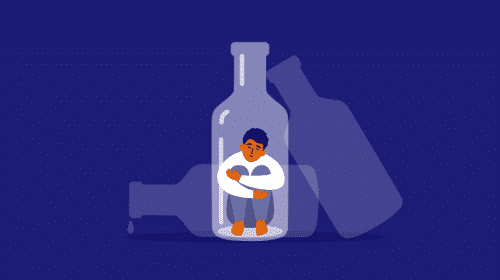
23% were admitted for alcohol or alcohol and substance use disorders
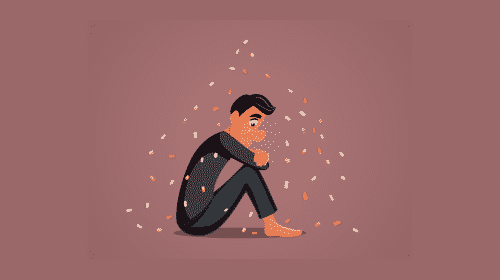
29% were admitted for heroin or other opioid use (oxycodone, codeine, etc.)
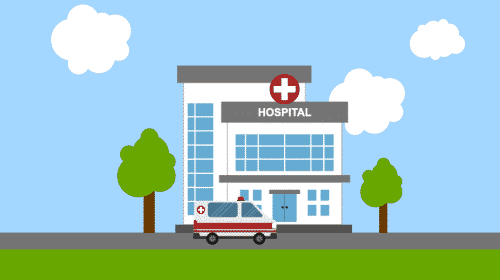
3% were admitted for cocaine and/or crack abuse or addiction
Alcohol and Drug Laws in Anaheim
Drug Free Anaheim: A local program, Drug Free Anaheim, partners with the Anaheim police department to promote treatment rather than punishment for alcohol misuse or SUD. You can surrender small amounts of drugs and illicit drug paraphernalia without penalty, then you’ll receive help entering a detox facility or drug rehab provided that you meet program requirements.
California’s 911 Good Samaritan Law: Drug overdoses accounted for about 16 deaths per 100,000 Californians in 2021.20 Under state law, AB-472, the 911 Good Samaritan Law, you’re protected from prosecution if you call 911 after you or someone else has overdosed on drugs. Calling for medical help right away helps save lives.
California Ethical Treatment for Persons with Substance Abuse Disorder: SB-349, the California Ethical Treatment for Persons with Substance Abuse Disorder mandates people be treated with dignity and respect. Your healthcare provider is obligated to share all recommended treatments.
Family and Medical Leave Act (FMLA) or the California Family Rights Act (CFRA): These are two more options for employees to have time off for treatment. Employers with 25 or more employees must allow an employee to voluntarily enter addiction treatment if it doesn’t cause undue hardship to the employer. The employee may use sick leave, paid time off, or unpaid time off. While in treatment, the employee’s job remains protected.
California Proposition 36: Eligible non-violent drug offenders can serve their time in a drug treatment program instead of in jail or prison. Prop 36 is also known as the “Substance Abuse and Crime Prevention Act of 2000.”
Resources
- Substance Abuse and Mental Health Services Administration, Center for Behavioral Health Statistics and Quality. (2021). Treatment Episode Data Set (TEDS): 2019 Admissions to and Discharges from Publicly Funded Substance Use Treatment.
- United Healthcare. (2022). Summary of Benefit and Coverage.
- Federal Communications Commission. (2022). Emergency Broadband Benefit.
- America’s Health Rankings. (2021). California Summary 2021.
- California Legislative Information. (2022). SB-349 California Ethical Treatment of Persons with Substance Abuse Disorder.






